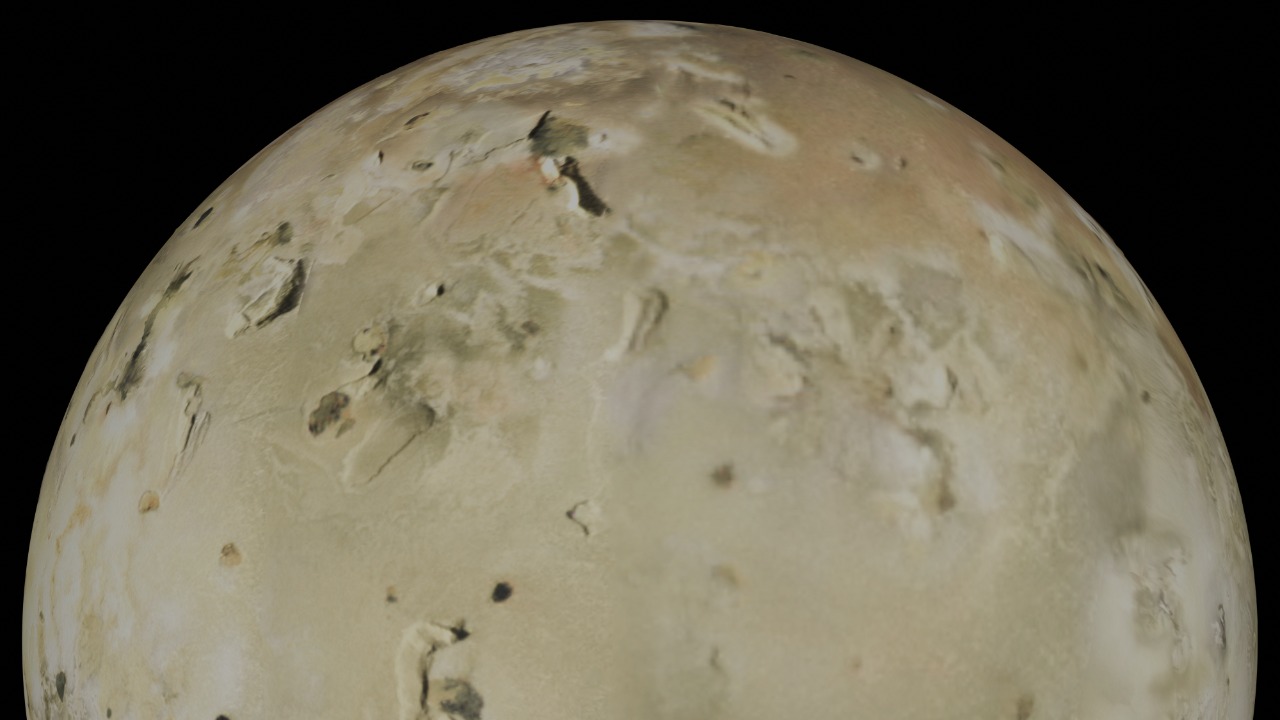
During a close flyby of Jupiter’s moon Io on December 30, 2023, NASA’s Juno spacecraft captured high-resolution images that revealed at least nine active volcanoes, including massive eruptions from the Loki Patera caldera. These observations, taken from a distance of about 930 miles (1,500 kilometers), provide the clearest views yet of Io’s dynamic surface, highlighting plumes rising up to 200 miles high and reshaping the moon’s landscape.
Juno Mission Overview
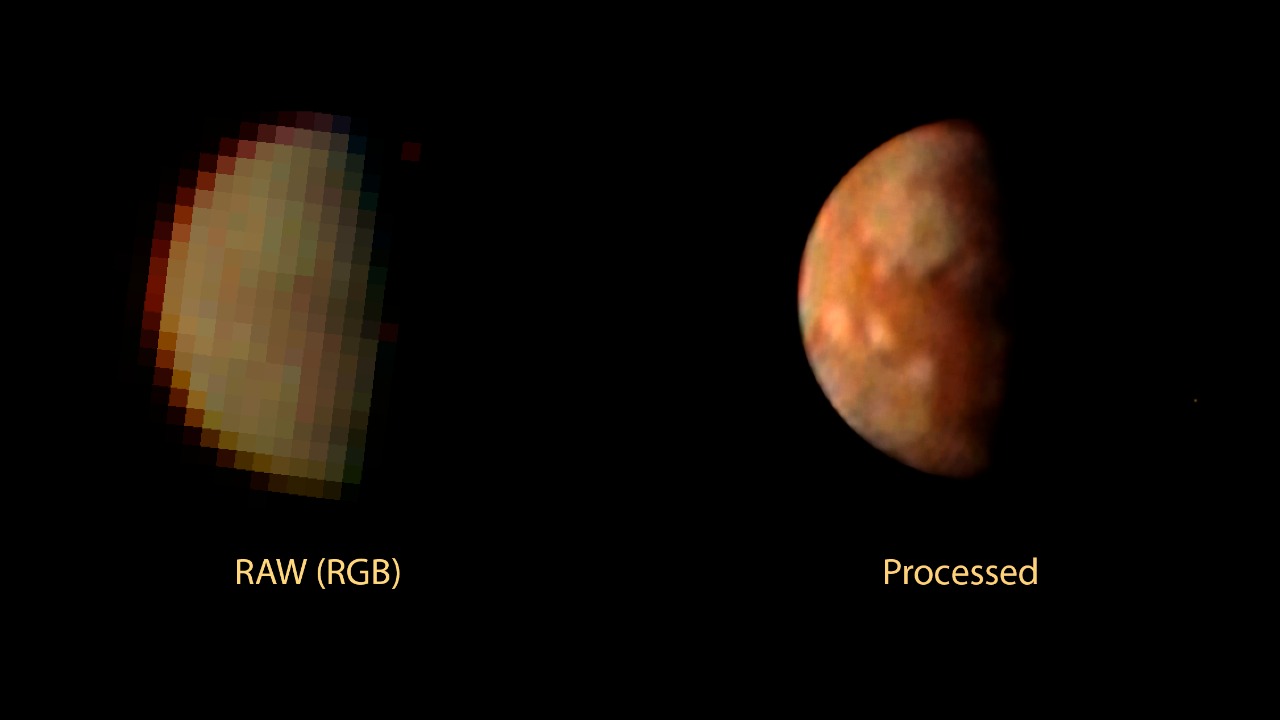
Launched in August 2011 from Cape Canaveral, Florida, Juno arrived at Jupiter in July 2016 with the primary goals of studying the planet’s atmosphere, magnetic field, and moons like Io through infrared and visible-light imaging. The spacecraft’s orbital path includes polar orbits that enable close approaches to Jupiter’s moons, with the December 2023 flyby marking the closest pass to Io at 930 miles since Galileo in 1999.
Key instruments involved in the mission include the JunoCam for visible-light photos and the JIRAM infrared imager that detected heat signatures from volcanic hotspots. These tools have been instrumental in capturing detailed images of Io’s volcanic activity and providing insights into the moon’s geology.
Io’s Volcanic Nature
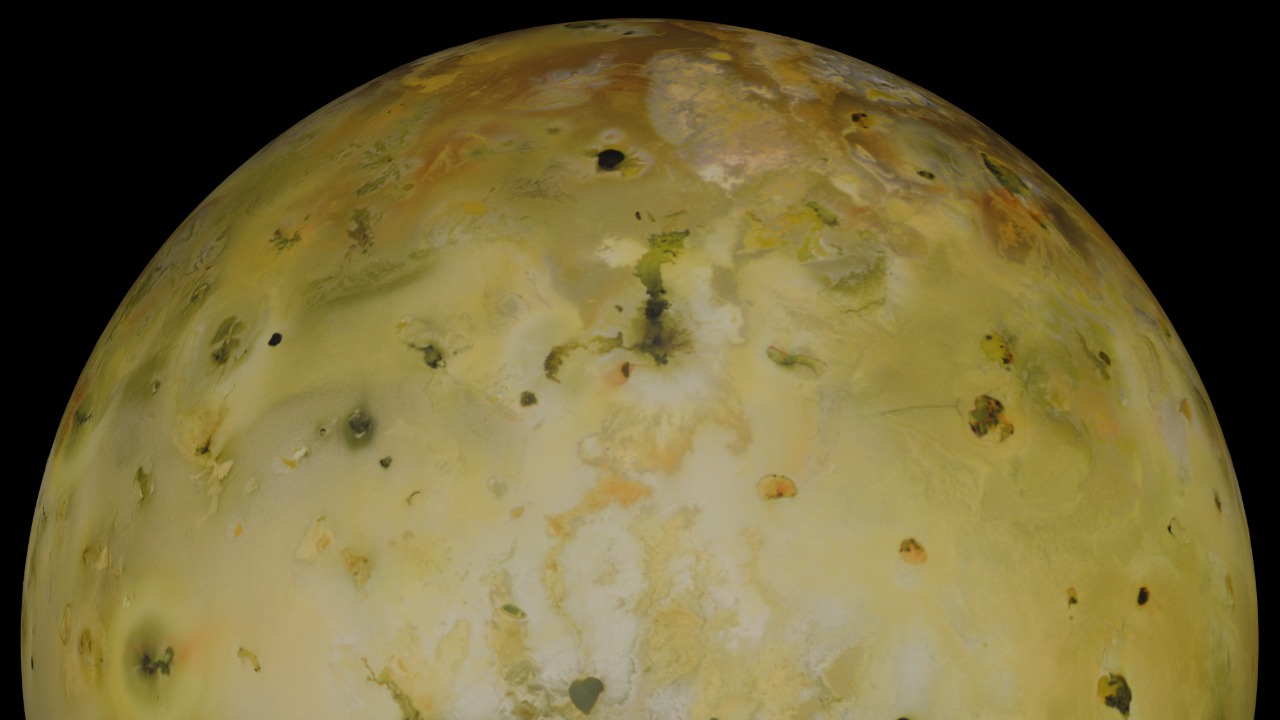
Io, discovered by Galileo in 1610, is Jupiter’s innermost large moon. Its unique position causes intense tidal heating from gravitational interactions with Jupiter and Europa, leading to over 400 identified volcanoes. This makes Io the most geologically active body in the solar system, a fact first revealed by Voyager 1’s 1979 flyby.
The moon’s yellowish, mottled surface is shaped by sulfur and silicate lava flows, with eruptions often producing plumes of gas and dust extending hundreds of kilometers into space. These eruptions are not only a spectacle to observe but also provide valuable data for understanding the moon’s geology and the broader dynamics of the Jupiter system.
The December 2023 Flyby Details
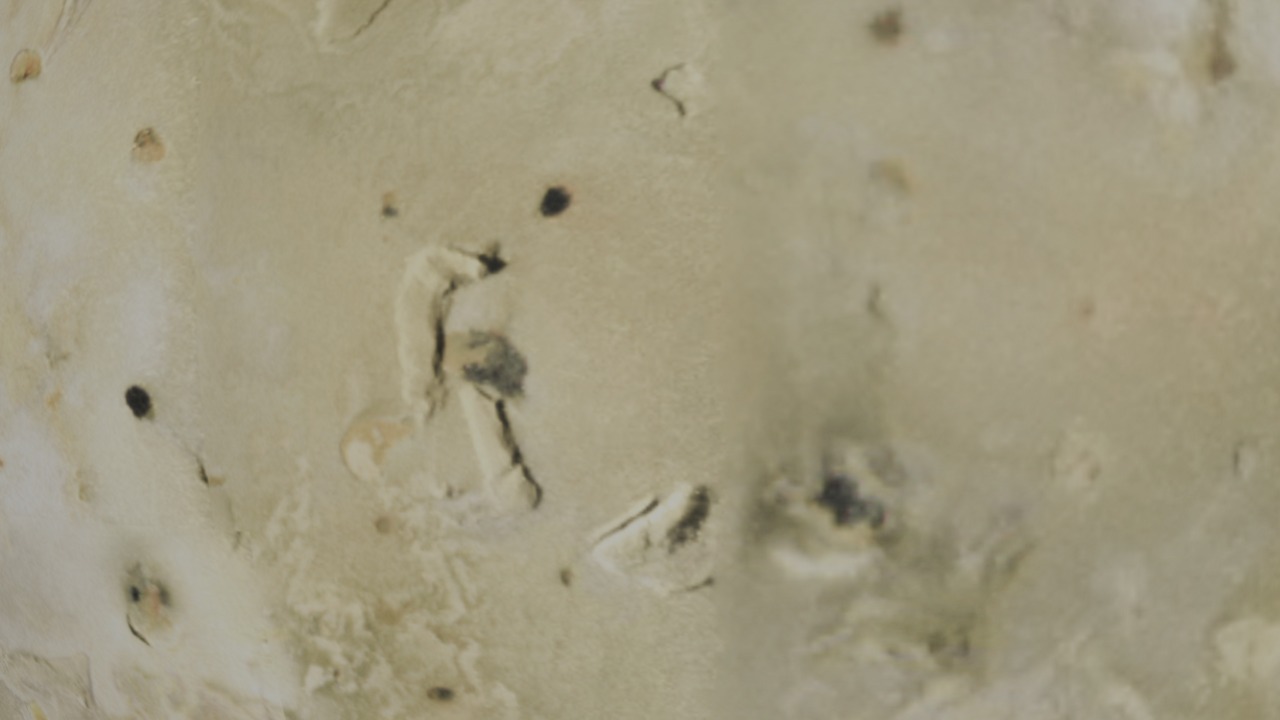
During Juno’s 57th orbit around Jupiter on December 30, 2023, the spacecraft approached Io at a record close range of 930 miles. This allowed for detailed mapping of volcanic features, including the Chulym Patera caldera with fresh lava flows and the nearby Ahu Feature, indicating recent resurfacing from eruptions.
The flyby also detected thermal emissions from at least nine volcanoes, including curved mountain blocks up to 8 miles high near the equator. These observations challenge previous models of Io’s geology and provide new insights into the moon’s volcanic activity and landscape formation.
Key Discoveries from Juno’s Images
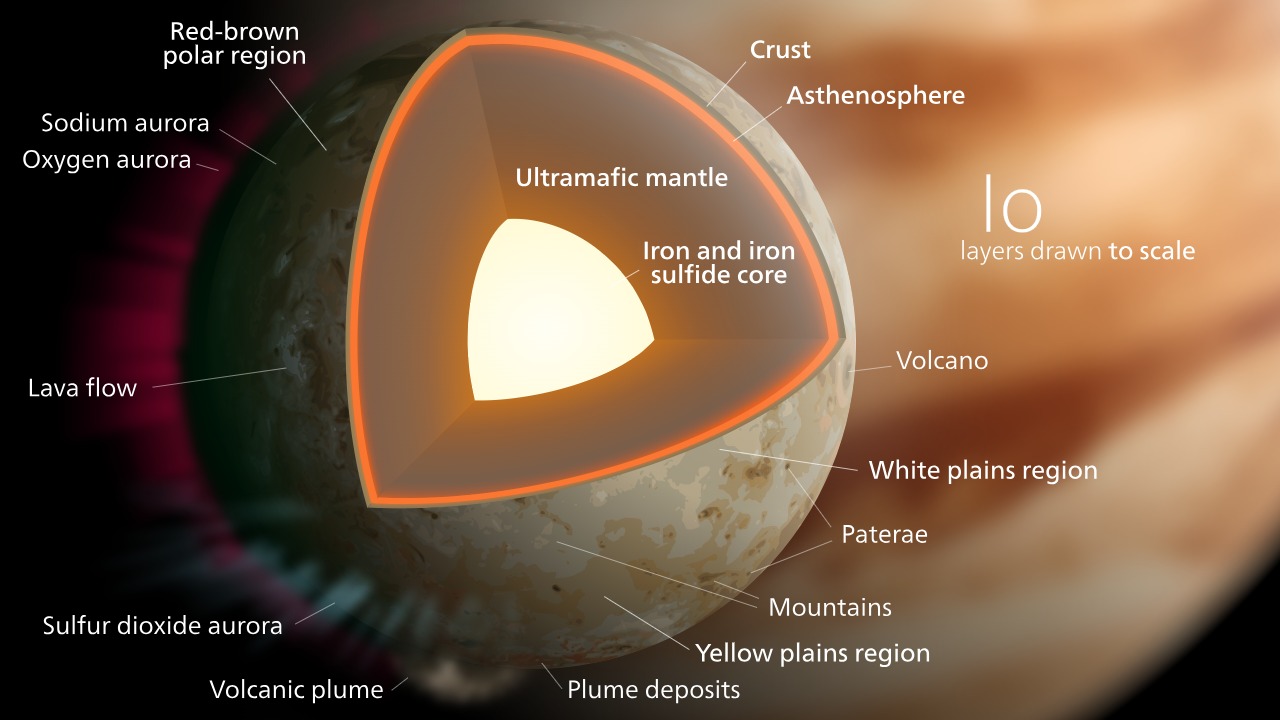
The images captured by Juno revealed hidden volcanoes and small, steep-sided mountains formed by compressional forces rather than volcanism, measuring up to 8 miles tall. One of the most striking features observed was Loki Patera, Io’s largest volcanic depression spanning 130 miles across, showing resurfacing events that occur every 400-500 days with massive lava floods.
One eruption captured by Juno ejected material 200 miles high, contributing to Io’s thin sulfur dioxide atmosphere and potential ring around Jupiter. These observations not only provide a stunning view of Io’s volcanic activity but also offer valuable data for understanding the moon’s geology and atmospheric dynamics.
Scientific Implications for Io’s Geology
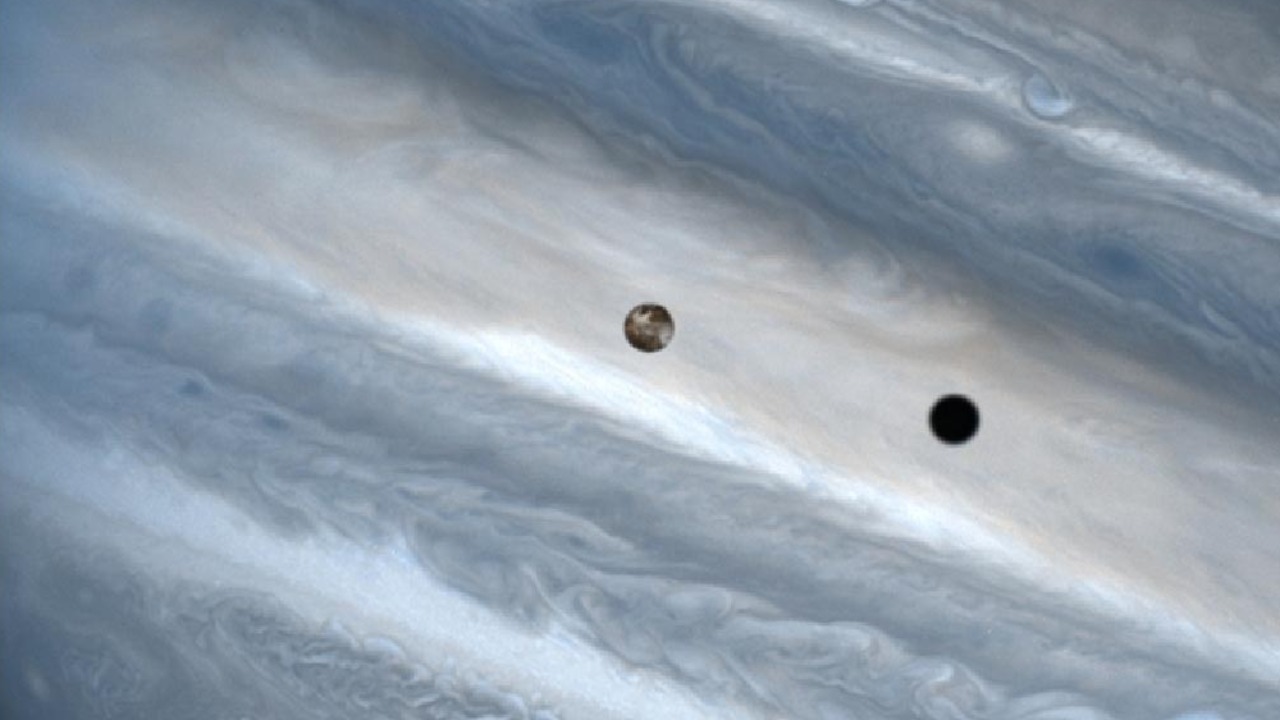
Juno’s data refines our understanding of tidal heating, with internal friction generating enough energy to melt Io’s mantle and sustain constant eruptions. When compared to Earth, Io’s volcanoes dwarf Hawaii’s, with eruption volumes equivalent to millions of cubic meters of lava per event.
Volcanic particles from Io also feed the Io plasma torus, influencing auroras and radiation belts in Jupiter’s magnetosphere. These findings highlight the significant impact of Io’s volcanic activity on the broader Jupiter system and provide valuable insights for future studies of the moon and its environment.
Future Juno Observations and Missions
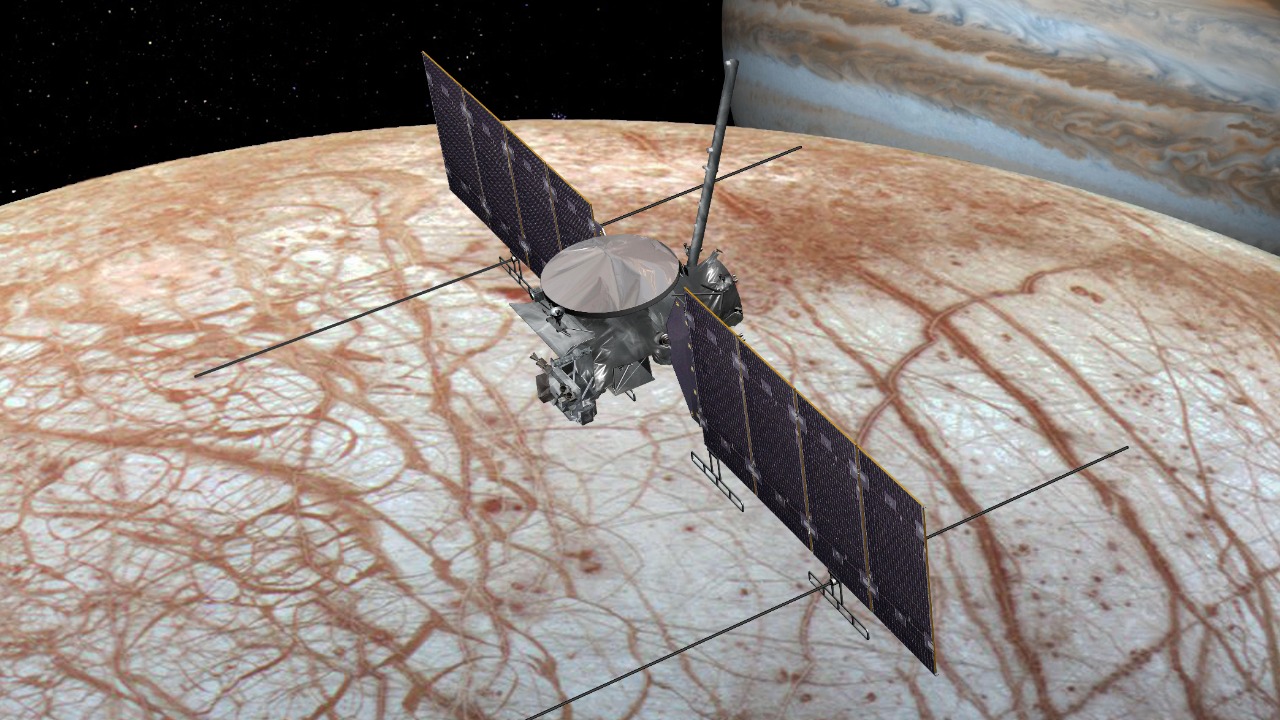
Upcoming flybys include another close Io pass in February 2024 during Juno’s extended mission ending in 2025. These observations will allow scientists to monitor volcanic changes over time and further refine our understanding of Io’s geology and volcanic activity.
NASA’s Jet Propulsion Laboratory plans to analyze the data collected by Juno, with the public release of raw images for citizen scientists to process. Future missions like NASA’s Europa Clipper, launching in 2024, may provide complementary views of Io during Jupiter transits, offering additional opportunities to study this fascinating moon and its explosive volcanoes.